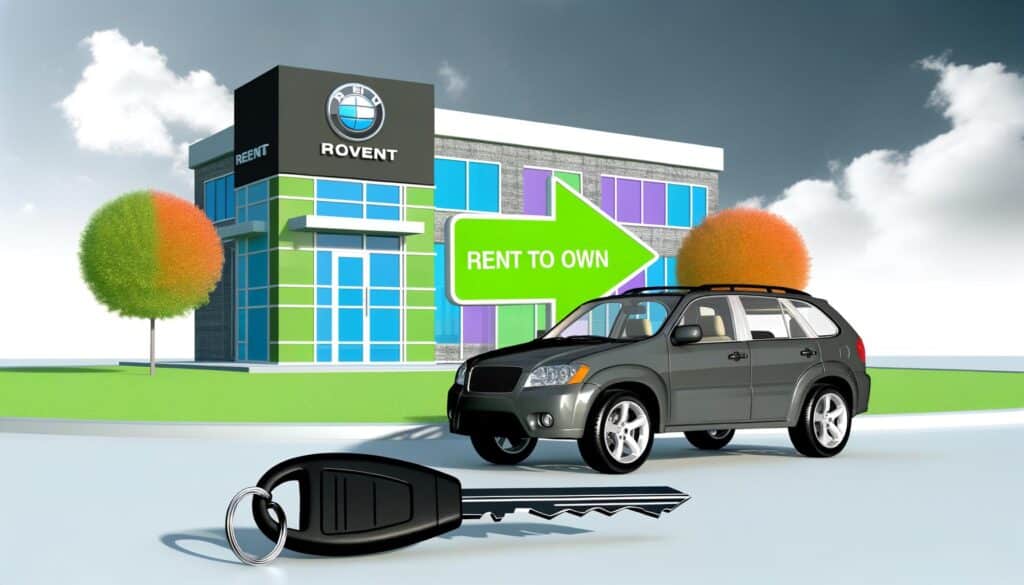How Rental to Own Car Deals Work
Understanding the mechanics of rental to own car deals is essential for prospective participants. Generally, these deals start with a contractual agreement between the renter and the dealership or a private owner. This contract outlines details such as the terms of usage, the duration of the rental period, and the portion of rental payments that contribute towards the purchase price of the vehicle. Commonly, these contracts cover:
- The overall rental term, which can range from months to several years depending on the agreement.
- The total cost of eventual ownership, including any fees added to the purchase price.
- Conditions under which the vehicle must be maintained and returned if the purchase doesn’t proceed.
The flexibility embedded in these deals allows individuals to effectively plan their finances, with a clear overview of how each payment influences their path to owning the car.
Advantages of Choosing Rent to Own Over Traditional Leasing
When comparing rental to own car deals with traditional car leasing, several advantages can be identified. Firstly, rent to own agreements offer a more direct route to eventual ownership, while leasing is typically a long-term rental without ownership as the end goal. Rent to own also allows for building equity in a vehicle, with each payment bringing the renter closer to full ownership. This can be particularly advantageous for those with credit constraints, as many rent to own programs do not necessitate a credit check, providing more accessibility to prospective car owners.
Moreover, opting for rent to own can potentially help improve credit scores if the payments are reported to credit bureaus, adding another layer of benefit for individuals seeking to stabilize or enhance their financial history. The satisfaction of working towards a tangible asset while improving creditworthiness simultaneously is a significant draw for many participants.
Potential Challenges of Rental to Own Agreements
Despite their benefits, rental to own car programs are not without challenges. One primary concern is the total cost involved, which can sometimes exceed traditional financing due to added fees and interest rates embedded in the agreement. Prospective renters are encouraged to thoroughly review and understand all terms of the transaction before committing.
Another potential downside can be the condition and age of vehicles available under such programs. Often, rent to own vehicles may be older models, meaning maintenance and repair costs could become factors for consideration. It’s essential to assess whether the total expenditure on such costs over time could outweigh the benefits of ownership.
Tips for Success in Rent to Own Car Programs
To make the most out of rental to own car deals, consumers should take several proactive steps:
- Conduct thorough research on multiple programs and compare their terms carefully.
- Read the fine print in contracts to avoid any overlooked obligations or costs.
- Keep track of all payments and ensure they are accurately reported to relevant parties, like credit bureaus, if applicable.
- Regularly assess the condition of the car and plan for potential maintenance costs ahead of time.
By approaching these agreements with a clear plan and understanding, participants can navigate rent to own car programs successfully, paving the way to owning a vehicle with confidence and satisfaction.

